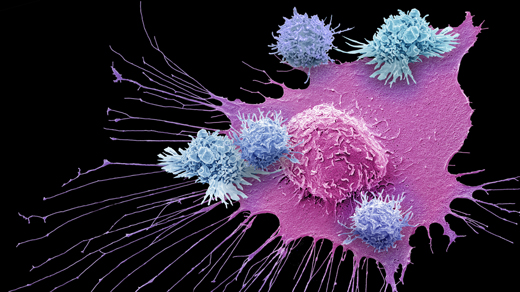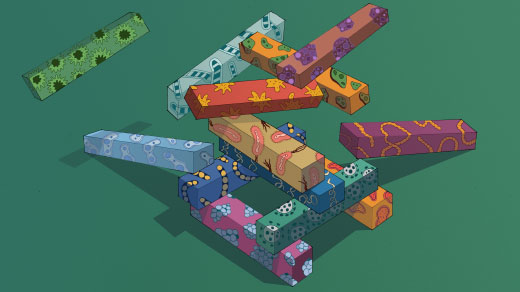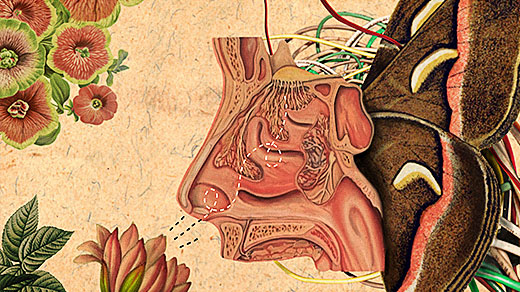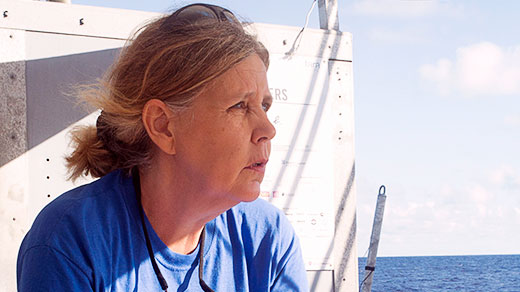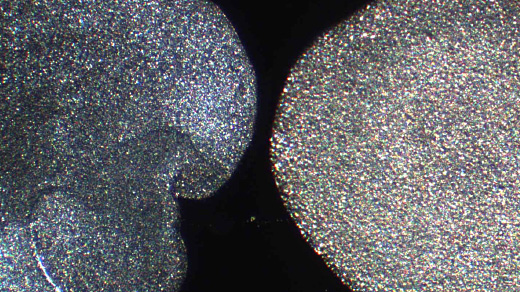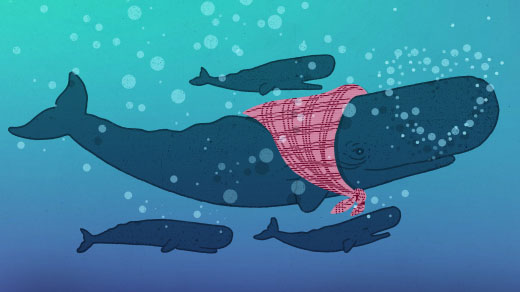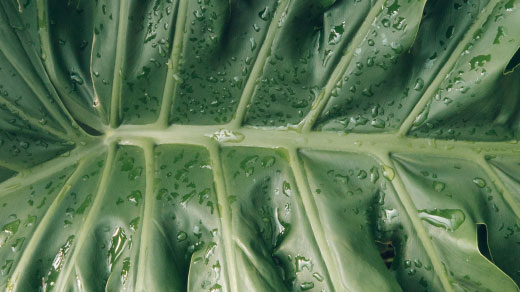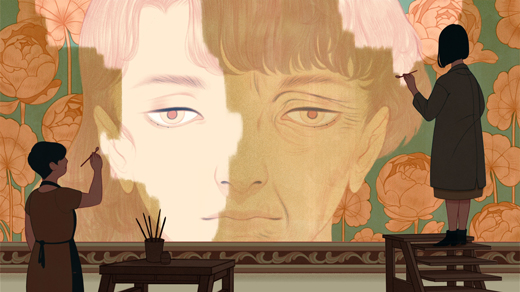What's up in
Biology
Latest Articles
Nobel Prize Awarded for Cancer Immunotherapy
James P. Allison and Tasuku Honjo shared the Nobel Prize in Physiology or Medicine for developing ways to unleash the immune system more effectively against cancers.
‘Traffic Jams’ of Cells Help to Sculpt Embryos
By measuring mechanical forces inside an embryo for the first time, researchers have shown how a physical “jamming” mechanism assists development.
How Nature Defies Math in Keeping Ecosystems Stable
Paradoxically, the abundance of tight interactions among living species usually leads to disasters in ecological models. New analyses hint at how nature seemingly defies the math.
New AI Strategy Mimics How Brains Learn to Smell
Machine learning techniques are commonly based on how the visual system processes information. To beat their limitations, scientists are drawing inspiration from the sense of smell.
On Waste Plastics at Sea, She Finds Unique Microbial Multitudes
Maria-Luiza Pedrotti is illuminating the unseen worlds of plastic-eating bacteria that teem in massive ocean garbage patches.
World’s Simplest Animal Reveals Hidden Diversity
The first animal genus defined purely by genetic characters represents a new era for the sorting and naming of animals.
Solution: ‘Evolutionary Math and Just-So Stories’
How much stock should we put in mathematical models of evolution that have not been validated by rigorous empirical data?
DNA Analysis Reveals a Genus of Plants Hiding in Plain Sight
Gene-sequence data is changing the way that botanists think about their classification schemes. A recent name-change for a common houseplant resulted from the discovery that it belonged in an overlooked genus.
To Heal Some Wounds, Adult Cells Turn More Fetal
Once again, body cells reveal unexpected plasticity: In a newly discovered type of wound healing, which some researchers call “paligenosis,” adult cells revert to a more fetal state.
